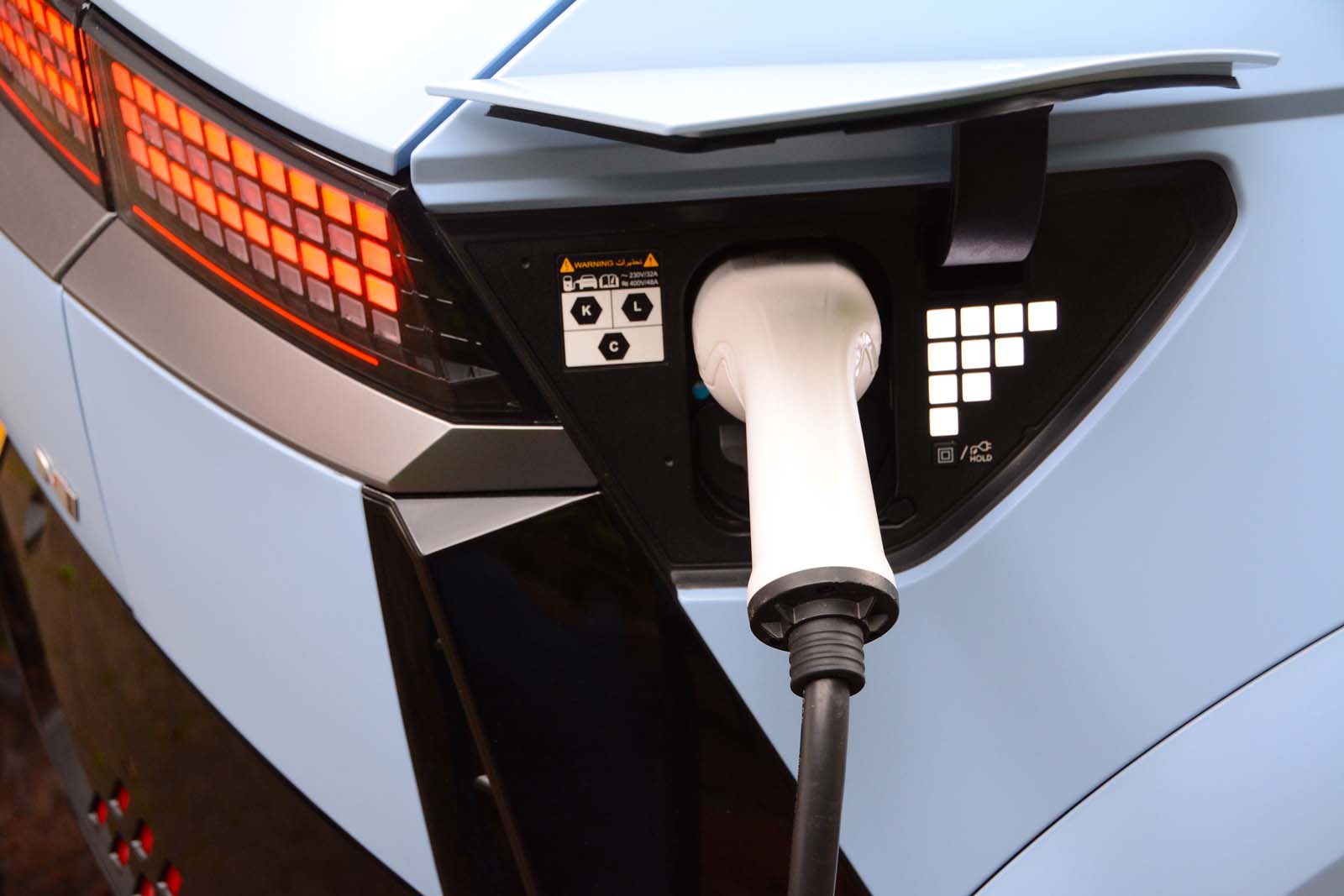People often voice concern over the capability of the national grid and distribution network operators (DNOs – the guys who actually deliver power to homes and businesses on a local level) to cope if EV numbers spiral. But what if it worked in reverse, where millions of EVs storing large amounts of power could give some back at peak times when it’s needed?
That’s what vehicle-to-grid (V2G) tech is all about and it’s a term that’s starting to creep more widely into public awareness, helped by newer EVs equipped with ‘bi-directional charging’. V2G enables EVs connected to a specialised AC charge point to put energy back into the grid, into a building or even into another car.
A new trial called V2VNY (Vehicle 2 Volume eNergy Yield) is inviting businesses that want to make their fleets as green as possible to take part. The project is being led by sustainable transport specialist Hangar 19, in partnership with software specialist CrowdCharge and DriveElectric, an established electric vehicle leasing company.
Participants must have a minimum of two EVs from a list of cars made by Genesis, Hyundai, Kia, or MG. The choice is based on which vehicles have V2G and particularly vehicle-to-load (so, for instance, those that have an AC socket in which to plug appliances) and also which the CrowdCharge software can talk to.
The V2VNY charging system is designed to work with vehicles plugged in for longer periods, to allow a big enough window for energy sharing in both directions. When a car is plugged in throughout the day, for example, there’s plenty of time for charge to be taken from the battery during peaks and replaced as necessary.
The project is also looking at how V2G could work across different locations, so it may one day be possible for a driver to buy cheap energy off-peak at home and then sell it back to the grid at peak rate through V2G.
The CrowdCharge mantra is “people come first and the grid second,” so drivers don’t find themselves short of charge at any time.
To that end, daily mileage allowances can be set manually in a smartphone app or a user can opt to let the AI function of the software do that for them, based on their daily travel patterns. In that case, the software displays a schedule of what it has calculated to avoid surprises. Longer trips can be set in a calendar to ensure a vehicle is always topped up.
Chargers can connect two cars at once and the system can give one car priority over the other if needed. That includes sharing charge between the batteries of the two cars.
V2G tech is starting to mature and has been undergoing trials for a number of years. In 2020, for instance, we looked at the Electric Nation project pioneered by Western Power Distribution (a DNO) working with CrowdCharge. A hundred domestic Nissan Leaf owners joined the trial to assess the effect V2G could have when many more EVs are on the streets in the future.

